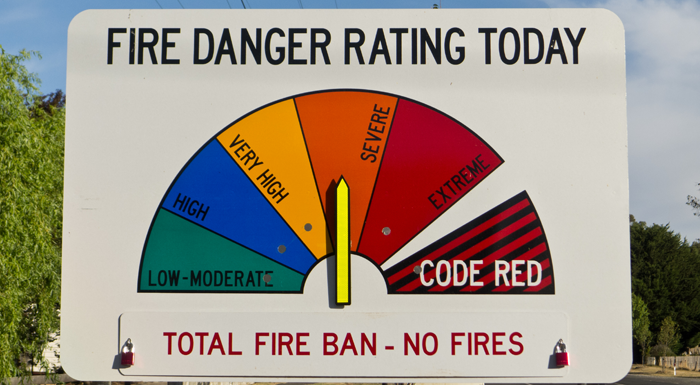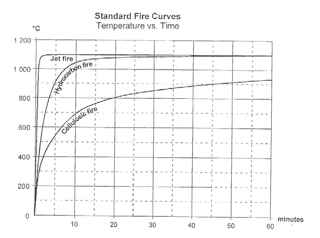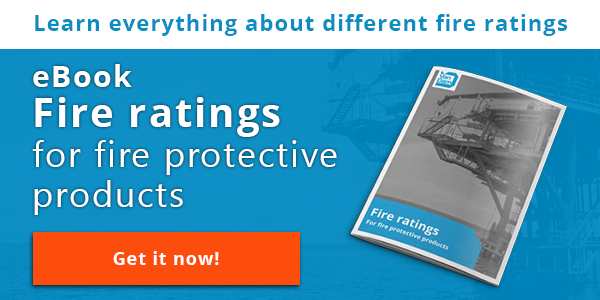
Fire safety is a significant topic in creating and safe and protective environment for workers in onshore and offshore industries. When assessing the risk of fire outbreaks, it is of key importance to pinpoint, which types of fires can be ignited on a particular structure.
There are 3 industry recognized types of fire, which are cellulosic fire, hydrocarbon fire and jet fire. The last two types of fires are best known for their rapid rise in flame temperature compared to cellulosic fire and are therefore known as the most severe types of fire with a more disastrous result for people and equipment.
This article will describe the main differences between hydrocarbon fire and jet fire in fire safety and the types of fire protective solutions for both.
Difference in fire severity
As mentioned before, both types of fires can reach a high flame temperature. Hydrocarbon fire can reach a flame temperature of 1000°C [1832°F] within 5 minutes, achieved almost instantaneously after ignition. The heat rises to 1100°C [2012°F] shortly thereafter. The fire maintains its stability for at least 120 minutes. A hydrocarbon fire will spread rapidly, burn fiercely and produce a high heat flux. Typical radiation value after 5 minutes is 160 kW/m.
Jet fires are expelled from an orifice, e.g. leak in pipe or vessel, under pressures of 2 bar or greater. They are the most severe fire scenario, considering the effect of erosion of steel and also the significantly higher rate of burning due to turbulent fuel/air mixing. Typical radiation value after 5 minutes is 320 kW/m2.

In conclusion, jet fire outbreak is the worst scenario possible. Fire protection systems which are to withstand one of the two, or both, types of fires therefore need to be adequately engineered and manufactured in order to provide safety.
Rules and regulations
Up to date, there are no internationally recognized hydrocarbon fire test standards. Used standards for hydrocarbon fire test are e.g. the UK Department of Energy Hydrocarbon Time/Temperature Relationship and IMO Resolution MSC.307(88) Performance Criteria.
“H” class divisions have to be insulated with non-combustible or equivalent materials such that the unexposed side will not rise more than 140°C above the original temperature, nor will the temperature at any one point, including any joint, rise more than 180°C above the original temperature, within the time listed below:
- H120 - 120 minutes
- H60 - 60 minutes
- H0 - 0 minutes
Unlike the hydrocarbon fire test standard, there are internationally recognized jet fire test standards, like the OTI 95634 Jet fire resistance test of passive fire protection materials, and the ISO 22899-1 Determination of the resistance to Jet Fires of passive fire protection materials. These are however not as elaborate and comprehensive as the IMO FTP code, leaving the need for additional specification of both the jet fire characteristics and the required performance of the fire protection materials. Common jet fire ratings are:
- J120 - 120 minutes
- J60 - 60 minutes
- J0 - 0 minutes
Fire and blast protective products which need to withstand hydrocarbon fires or jet fires have to be rated accordingly in order to maintain safety for people and the whole structure.
Want to know more about the different fire ratings? Download our eBook Fire ratings for fire protective products now!







